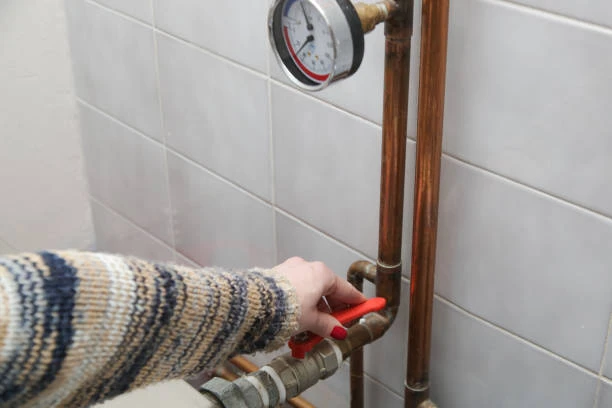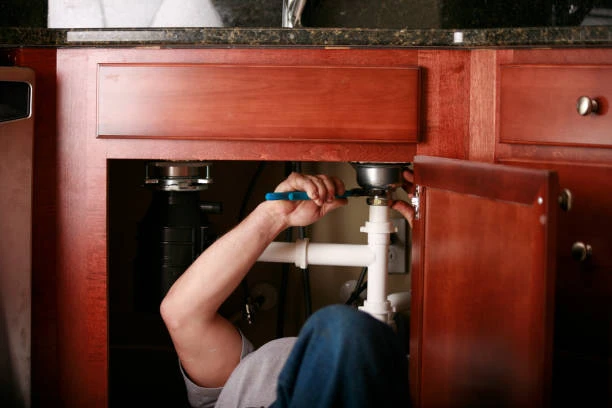The safety valves market is projected to reach $6.5 billion by 2032, driven by rising industrial safety standards, expanding energy production, and technological advancements in valve design. This article examines the growth drivers, key trends, and regional insights into the safety valve industry while exploring the role of these critical components across diverse sectors.
What Are Safety Valve?
Safety valve are critical mechanical devices designed to automatically release pressure from a system when it exceeds a predefined limit. These valves prevent equipment failure, accidents, and operational disruptions by maintaining safe pressure levels.
Key Features of Safety Valve:
- Pressure Control: Automatically activates to release excess pressure.
- Durability: Built to withstand high-pressure environments and extreme temperatures.
- Precision Engineering: Ensures reliability in critical systems.
- Compliance: Adheres to international safety standards like ASME and ISO.

Growth Drivers of the Safety Valve Market
The increasing focus on safety in industrial processes and the growing adoption of automation technologies are primary drivers of the safety valve market.
Key Market Drivers:
- Industrial Expansion
The growth of industries like oil and gas, chemicals, and power generation demands advanced safety measures, boosting the need for safety valve. - Stringent Safety Regulations
Governments and regulatory bodies enforce strict safety standards, making safety valve essential in industrial systems. - Rising Energy Demand
Expanding energy production, especially in renewable sectors, requires safety solutions to manage high-pressure systems. - Technological Advancements
Innovations in valve materials and smart valve technologies enhance efficiency and reliability, driving market growth.
Safety Valves Market: Regional Insights
1. North America
North America leads the safety valve market, with significant investments in industrial automation and energy infrastructure. The U.S. and Canada are major contributors due to their robust manufacturing and energy sectors.
2. Europe
Europe’s focus on sustainability and renewable energy drives demand for safety valve, particularly in the chemical and water treatment industries. Germany, France, and the UK are key markets.
3. Asia-Pacific
The Asia-Pacific region is the fastest-growing market, fueled by rapid industrialization, urbanization, and energy production. China, India, and Japan are leading contributors to this growth.
4. Middle East & Africa
The region’s oil and gas dominance requires reliable safety solutions. Additionally, investments in desalination and power generation bolster the demand for safety valve.
Applications of Safety Valves
Safety valve are used across various industries to protect equipment and ensure operational safety.
1. Oil and Gas
- Prevent overpressure in pipelines and storage tanks.
- Ensure safety in exploration and refining processes.
2. Power Generation
- Protect boilers, turbines, and pressure vessels.
- Essential in nuclear, coal, and renewable energy systems.
3. Chemical Processing
- Handle corrosive and hazardous materials safely.
- Maintain pressure stability in complex chemical reactions.
4. Water Treatment
- Used in desalination plants and wastewater management.
- Control pressure in high-capacity water systems.
5. Food and Beverage
- Ensure safe pressure levels in processing and packaging equipment.
- Maintain hygiene and compliance with food safety standards.
Types of Safety Valves
Safety valve are classified based on their design and application:
1. Spring-Loaded Safety Valves
Widely used due to their simple design and reliability in various pressure systems.
2. Pilot-Operated Safety Valves
Ideal for high-pressure applications, offering precise control and minimal leakage.
3. Thermal Safety Valves
Activated by temperature changes, protecting systems from overheating.
4. Deadweight Safety Valves
Used in low-pressure systems, relying on weights for activation.
Emerging Trends in the Safety Valves Market
The safety valve industry is evolving with technological innovations and changing industrial needs.
Key Trends:
- Smart Safety Valves
Equipped with sensors for real-time monitoring and predictive maintenance. - Advanced Materials
Use of corrosion-resistant and high-strength alloys for extended durability. - Miniaturization
Compact designs for integration into smaller systems without compromising performance. - Sustainability Focus
Development of eco-friendly valves to support green energy initiatives.
Challenges in the Safety Valves Market
While the safety valve market shows promising growth, there are challenges:
- High Initial Costs: Advanced safety valve can be expensive to manufacture and install.
- Maintenance Complexity: Regular inspection and servicing are required to ensure optimal performance.
- Market Fragmentation: Intense competition among manufacturers may limit profitability.
Future Outlook
The safety valve market is projected to grow steadily, reaching $6.5 billion by 2032. Factors like increasing industrial automation, regulatory enforcement, and technological advancements will drive this growth.
With the rising demand for energy, safer industrial processes, and sustainability, safety valve will remain a critical component across industries. Innovations like smart valves and advanced materials will further enhance their adoption and efficiency.
Conclusion
The safety valve market is set to thrive as industries prioritize safety, efficiency, and compliance. With advancements in technology and a growing focus on sustainable practices, these valve will play a pivotal role in shaping the future of industrial safety.
As the market expands, manufacturers must address challenges like cost and maintenance to capitalize on emerging opportunities and meet the evolving needs of various sectors.
FAQs
1. What is the primary function of a safety valve?
Safety valves protect systems from overpressure by automatically releasing excess pressure to maintain safe operating conditions.
2. Which industries rely on safety valves the most?
Industries like oil and gas, power generation, chemical processing, water treatment, and food and beverage are major users of safety valves.
3. How do smart safety valves work?
Smart safety valves are equipped with sensors that monitor system conditions in real time, enabling predictive maintenance and improved safety.
4. What are the key challenges in the safety valves market?
High initial costs, maintenance complexity, and intense market competition are some challenges manufacturers face.
5. What is driving the growth of the safety valves market?
Factors like rising industrial safety standards, increasing energy demand, and advancements in valve technology are driving market growth.


















